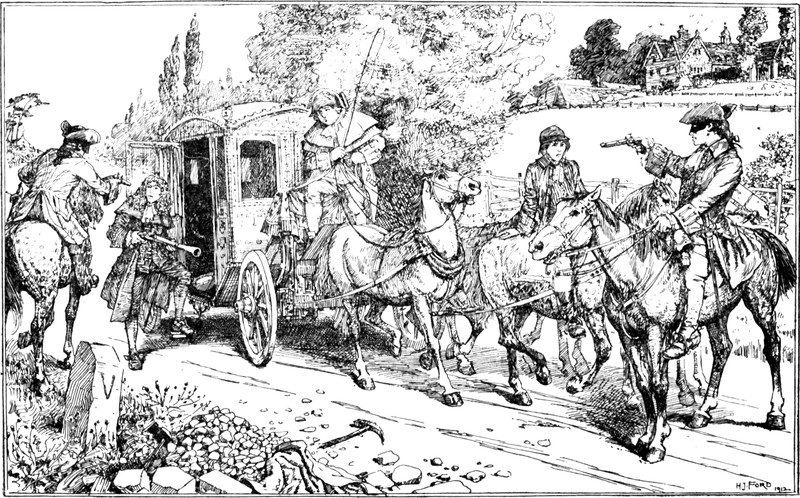I take delight in history, even its most prosaic details, because they become poetical as they recede into the past. The poetry of history lies in the quasi-miraculous fact that once, on this earth, once, on this familiar spot of ground, walked other men and women, as actual as we are to-day, thinking their own thoughts, swayed by their own passions, but now all gone, one generation vanishing after another, gone as utterly as we ourselves shall shortly be gone like a ghost at cock-crow. This is the most familiar and certain fact about life, but it is also the most poetical, and the knowledge of it has never ceased to entrance me, and to throw a halo of poetry round the dustiest record that Dryasdust can bring to light.
— G.M. Trevelyan, Autobiography and Other Essays, 1949



